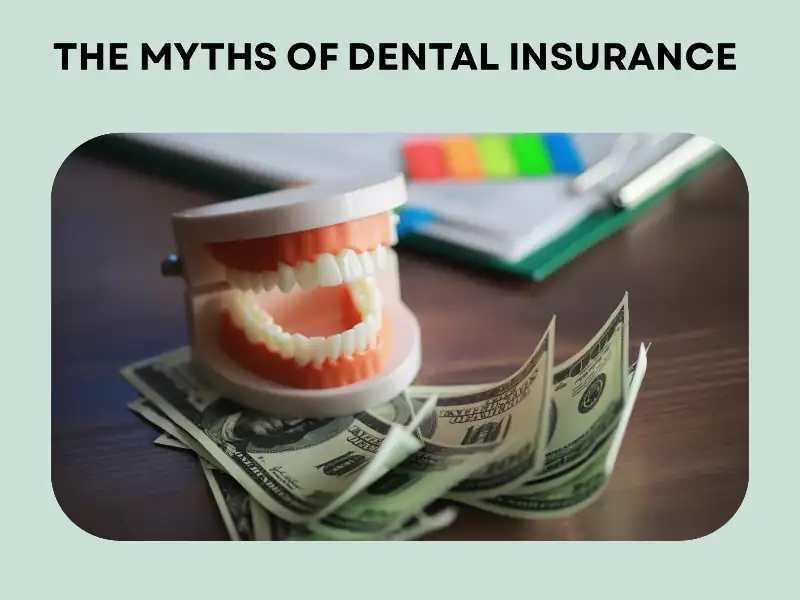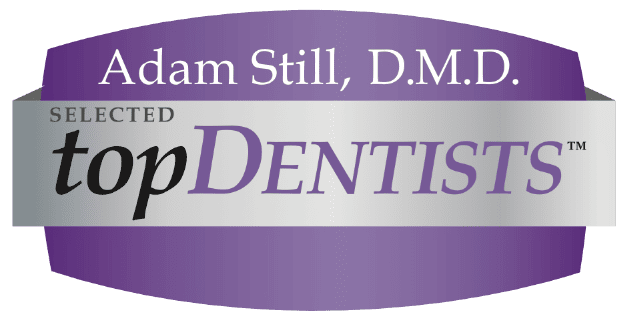“Does My Insurance Cover That?” Know Your Insurance!

There are many myths and misunderstandings about dental insurance, and we are going to cover them all in this blog. Long story short, if you have relatively good oral health, you will most likely only see your dentist for your regular cleanings and routine x-rays each year. Which means, if you have dental insurance, you most likely end up paying more out of pocket for insurance coverage, deductibles, and co-pays than you will on your yearly cleanings, exams and x-rays.
Smile Sarasota is a non-restricted dental office which means we are not considered “in network” with any dental insurance companies. This allows Dr. Still to provide quality and personalized care for each patient based on his knowledge and expertise, and not based off what insurance companies are allowing or willing to reimburse.
However, we do have several patients that have dental PPO insurance plans, which allows them freedom to choose their dental provider. We submit courtesy claims, on the patient’s behalf, for them to get directly reimbursed by their insurance. HMO policies make the subscriber stay in network, so choices of providers are limited to in network only.
Most insurance companies follow a 100-80-50 rule. Preventive procedures (cleanings, x-rays, and exams) are usually covered in network at 100%, basic procedures (fillings, simple extractions) are usually covered in network at 80%, and major procedures (crowns, bridges, dentures, implants, root canals, and oral surgery) are usually covered in network at 50%. The remainder of the cost is due out of pocket.
Your Annual Maximum is the allowable amount that your insurance covers for the year. This typically ranges from $1,500 – $2,100. Once you have reached your maximum, insurance does not cover anything else. For example, if you get a crown done in January, you will be most likely to have maxed out your benefits for the rest of the year, meaning every cleaning and procedure after that will be paid out of pocket. Some major procedures have frequency limitations on them. For example, crown replacements are usually covered once every 5 years, some are once every 10 years, depending on what plan you have.
Some procedures require a pre-authorization be submitted, so that the insurance company can review the pre-op x-ray and decide whether they are going to pay on the procedure or not. A pre-authorization is just an estimate of what the insurance is willing to pay. They can retract this at any time once the claim has been sent in, as it is not a promise of payment. A lot of the time, we see insurance companies paying on an alternate benefit. Which is when they downgrade a procedure to the less expensive option, not the one recommended by the dentist. (Keep in mind, the dentist is the medical professional, the insurance company is not.) The patient is then left to cover the difference between the recommended procedure and the one the insurance company has decided is suitable, and less expensive.
Each patient is different; some require more frequent cleanings and exams with the dentist than others do. Most insurance plans will only cover two periodic exams per year. These are often referred to as check up exams. Dr. Still does not charge for periodic exams, as he feels that he should be able to do periodic exams as needed. We have patients that get periodontal maintenance, and require deeper cleanings and more frequent exams, as other patients get regular cleanings and 2 exams per year.
Knowing your insurance is important. Insurance payments can become more expensive than your dental procedures. In some cases, it is best to go without dental insurance. It is up to the patient at the end of the day. Our office is happy to accommodate to our patients wishes to have insurance or to not.


